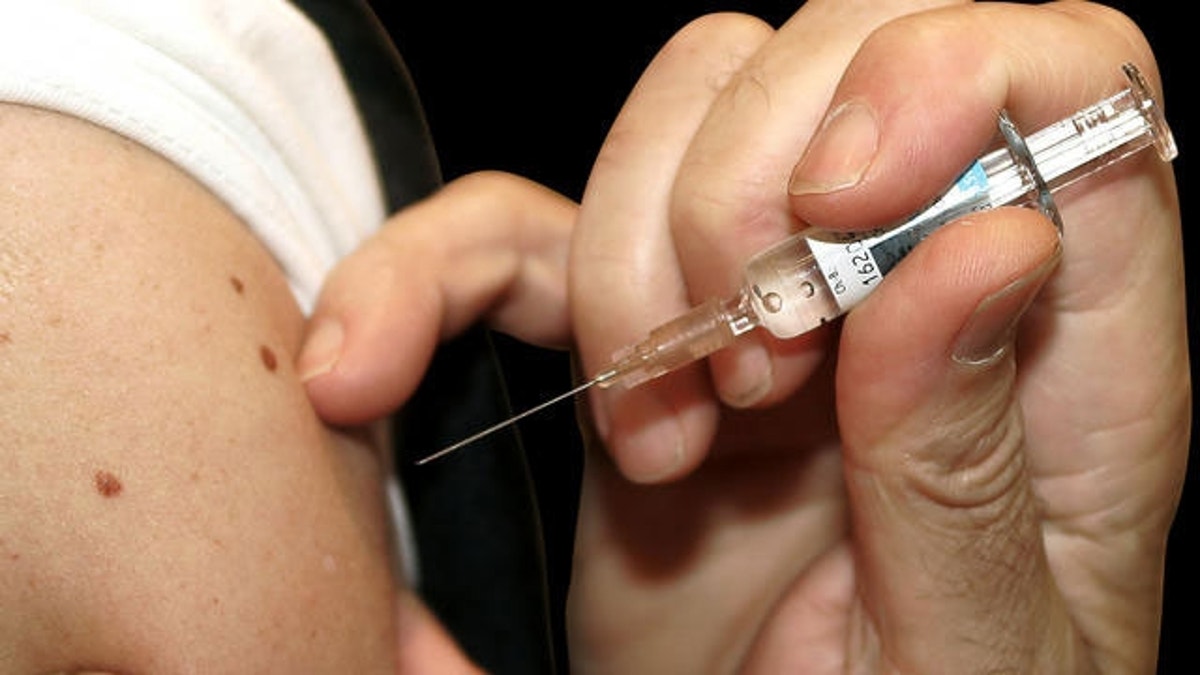
Even as more American children are getting immunized against measles, diphtheria and other diseases, public-health officials are increasingly worried about potential outbreaks of these illnesses in certain pockets of the country where vaccination rates are dangerously low.
Parts of Oregon, Washington state, Idaho, Montana and a few other states have some of the lowest rates of compliance with vaccination guidelines—and the problem is growing, health officials say.
Overall vaccination rates in some of these communities are under 80 percent, far below the threshold that is needed to prevent an outbreak for certain diseases. Exemptions in many states for philosophical or religious reasons allow parents to opt out of requirements for children to be vaccinated before entering school. Other parents delay immunizations for their young children, leaving them exposed to possible infections for a longer time.
Health experts say a community needs about 95 percent of its citizens to be immunized against measles to ensure herd immunity, where vaccinating a large percentage of a population keeps even unvaccinated people from getting the disease. Even people who aren't vaccinated, such as newborns, get some protection from herd immunity as the disease remains limited to a small part of the community.
Measles is a highly contagious respiratory condition that can lead to encephalitis, pneumonia and death. Other diseases, depending on how contagious they are, require other rates of immunization for a community to benefit. For mumps, 88 percent need to be immunized, and for chickenpox and polio the rate is 90 percent.
"The Northwest is a black hole for religious exemptions" from vaccination, said Lorraine Duncan, immunization manager in the Oregon Health Authority's Public Health Division.
Last year, 5.6 percent of Oregon kindergartners had a religious exemption for vaccines, up from 2 percent a decade ago, Duncan said. In some school zones around Eugene and Portland, more than 10 percent of children have religious exemptions, and in pockets of the state's southwestern corner, exemption rates are more than 20 percent, she said.
"Whenever we have pockets of unvaccinated children, we start worrying," Duncan said. The federal Centers for Disease Control and Prevention is working with Oregon health officials on how to respond to a potential outbreak in the region.
Overall, more parents in the U.S. are getting their children vaccinated than in recent years, when concerns about immunization prompted some to opt out. Rates of vaccination for measles, mumps and rubella, considered a bellwether for U.S. rates, ticked up to 91.5 percent in 2010 from 90 percent in 2009, according to the CDC. Vaccination rates are lower for new immunizations such as the HPV vaccine for teens, and a childhood vaccine against rotavirus, according to Lance Rodewald, the CDC's director of immunization services.
Spurring more parents to seek vaccinations in recent years was the H1N1 flu pandemic in 2009 and the rush it prompted for scarce vaccine, some pediatricians say. "It raised awareness of the importance of getting vaccinated," said Dr. Anita Chandra-Puri, a pediatrician at Chicago's Northwestern Memorial Hospital.
Dr. Ari Brown, a pediatrician in Austin, Texas, says that three or four years ago she would spend much of the time when meeting with new parents assuaging their concerns about vaccines. Now, she said, "It is just not an issue anymore."
In a 2010 survey conducted by the CDC, more than a third of parents of children aged 6 years and younger said they were concerned about how many vaccines a child receives in the first two years of life, and about how many shots they were given in a single doctor's visit. And nearly a third of respondents said they had concerns about a purported link between vaccines and autism—despite scientific evidence debunking this theory. Immunization guidelines call for children to receive 10 immunizations in about three dozen shots by the time they turn 6 years old, and more in their teenage years.
There is evidence of the dangers of not getting vaccinated. At the Super Bowl last month, two people who were infected with measles visited the event's crowded entertainment village in downtown Indianapolis, part of an outbreak totaling 16 measles cases, according to the Indiana State Health Department. The CDC says 222 cases of measles were reported last year in the U.S., the highest number since 1996.
And in San Diego, a measles outbreak in 2008 was traced to an unvaccinated 7-year-old boy who contracted the disease in Switzerland and passed it on to 11 other unvaccinated children, including in his family, his school and his pediatrician's office. Three of the schoolmates who got sick caught the disease indirectly, from others the boy had infected. And an infant who contracted measles at the pediatrician's office later traveled by plane to Hawaii while still infectious, according to a CDC report.
All 50 states require children to receive vaccinations recommended by a government advisory panel before attending school, but all allow exemptions for medical reasons. Forty-eight states—all except Mississippi and West Virginia—also recognize religious exemptions, and 20 grant exemptions for philosophical concerns, according to the National Conference of State Legislatures. A small percentage of parents choose not to vaccinate because a child has a serious illness like cancer, but most who delay or refuse vaccinations do so for religious or philosophical reasons.
